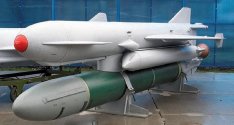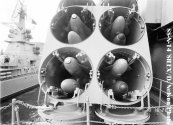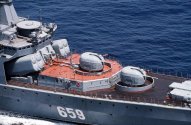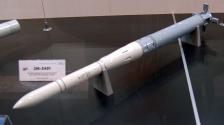broadsword
Brigadier
Wouldn't an underwater missile that travels over 30 km underwater be a lot bigger than normal?
Is this supercavitating? The Russians already have missile torpedo combinations. Like, there are variants of Kalibr with torpedos as last stage.





Love the pic, but, the coastal-defense missile thing perplexes me.Coastal defense...

Love the pic, but, the coastal-defense missile thing perplexes me.
At this stage in the game, does anyone really expect adversarial warships to sail within 500 km of China’s coastline during any hostile action? I’m no naval tactician, but, it seems, to me, that several layers/levels of defense would have to have been defeated/neutralized in order to make this an even remotely viable deployment.
Are these missiles deployed for that very purpose, as last case options? ‘cause as big and bad as the US Navy claims to be, I highly doubt they’re comin’ inside the First Island Chain, in the ECS, or as far as the Paracels, in the SCS, to conduct offensive operations. I know I wouldn’t try it.
It ain’t a glib assumption!You can't just glibly assume that your adversary wouldn't dare or is incapable of breaching long-range defenses. What if they do? You'd be caught with your pants down without these coastal defense missiles.
